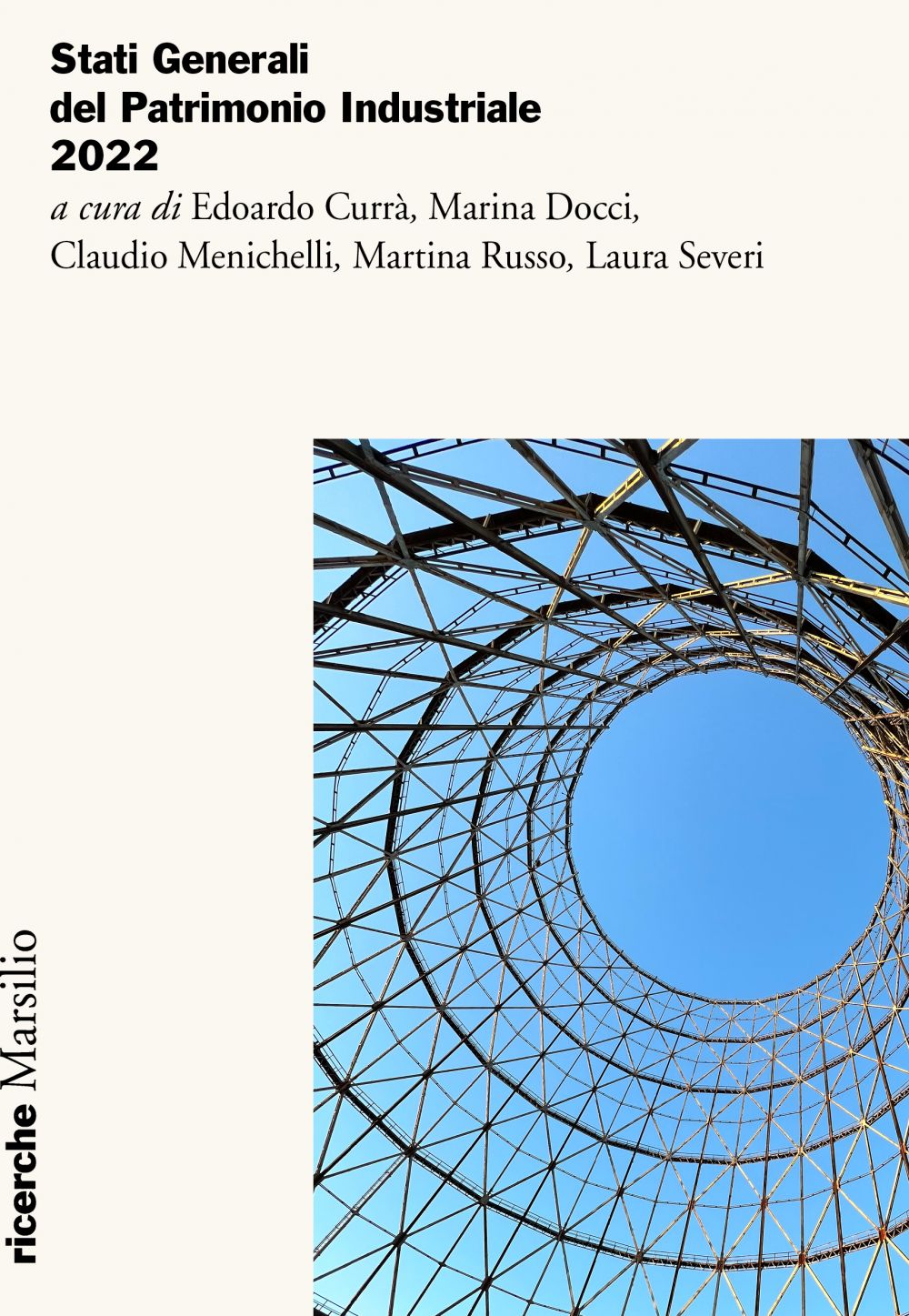Description
L’Associazione Italiana per il Patrimonio Archeologico Industriale (AIPAI), in occasione dei suoi 25 anni, ha promosso i Secondi Stati Generali del Patrimonio Industriale. Per tracciare un bilancio ed elaborare strategie e visioni ha posto le condizioni per l’incontro tra gli addetti ai lavori e il confronto tra i molteplici ambiti operativi, di ricerca e istituzionali coinvolti. Ci si è riuniti a Roma e a Tivoli con la consapevolezza che il primo lascito dell’età industriale siamo noi, la nostra società con i suoi pregi e le sue contraddizioni, le incredibili conquiste degli ultimi secoli. La risposta è stata ampia e tra i numerosi contributi presentati in questo volume, si possono scorgere studi e appelli, buone pratiche di conservazione e progetti di riuso, percorsi culturali e azioni di valorizzazione del patrimonio intangibile.
Il tutto fa ben constatare che pur con impianti metodologici fortemente caratterizzati, sono sempre di più le discipline che convergono sull’oggetto e sui contesti della produzione e gradualmente assimilano i principi consolidati dell’archeologia industriale. Le voci di una comunità segnata dai due anni di pandemia mostrano più incisivamente il divario tra il permanere di emergenze culturali e ambientali, da un lato, e un’aumentata tensione al riconoscimento e al ripensamento dell’eredità industriale, dall’altro. Quest’ultima si conferma sia nella centralità che le memorie e la cultura industriale hanno assunto nelle strategie di ripresa dei programmi nazionali ed europei, sia nelle potenzialità di riscatto sociale economico e ambientale che emergono da una declinazione aggiornata dei progetti di recupero e rigenerazione.
The Italian Association for Industrial Archaeological Heritage - AIPAI, on its 25th anniversary, promoted the Second States General of Industrial Heritage. In order to draw a balance sheet and elaborate strategies and visions for the near future, it set the conditions for the meeting of insiders and the confrontation between the many operational, research and institutional spheres involved. We gathered in Rome and Tivoli with the awareness that the first legacy of the industrial age is us, our society with its merits and contradictions, the incredible achievements of the last centuries. The response was wide-ranging, and among the contributions presented in large numbers one can discern in-depth studies and denunciations, good conservation practices and reuse projects, cultural paths, and actions to enhance intangible heritage.
All of which makes a good case for the fact that more and more disciplines, even with strongly characterized methodological frameworks, are converging on the object and contexts of production and are gradually assimilating the established principles of industrial archaeology. The voices of a community marked by the two-year pandemic show more incisively the gap between the persistence of cultural and environmental emergencies, on the one hand, and an increased tension to recognize and rethink industrial heritage, on the other. The latter is confirmed both in the centrality that industrial memories and culture have assumed in the recovery strategies of national and European programs, and in the potential for social economic and environmental redemption that emerges from an updated declination of recovery and regeneration projects.






